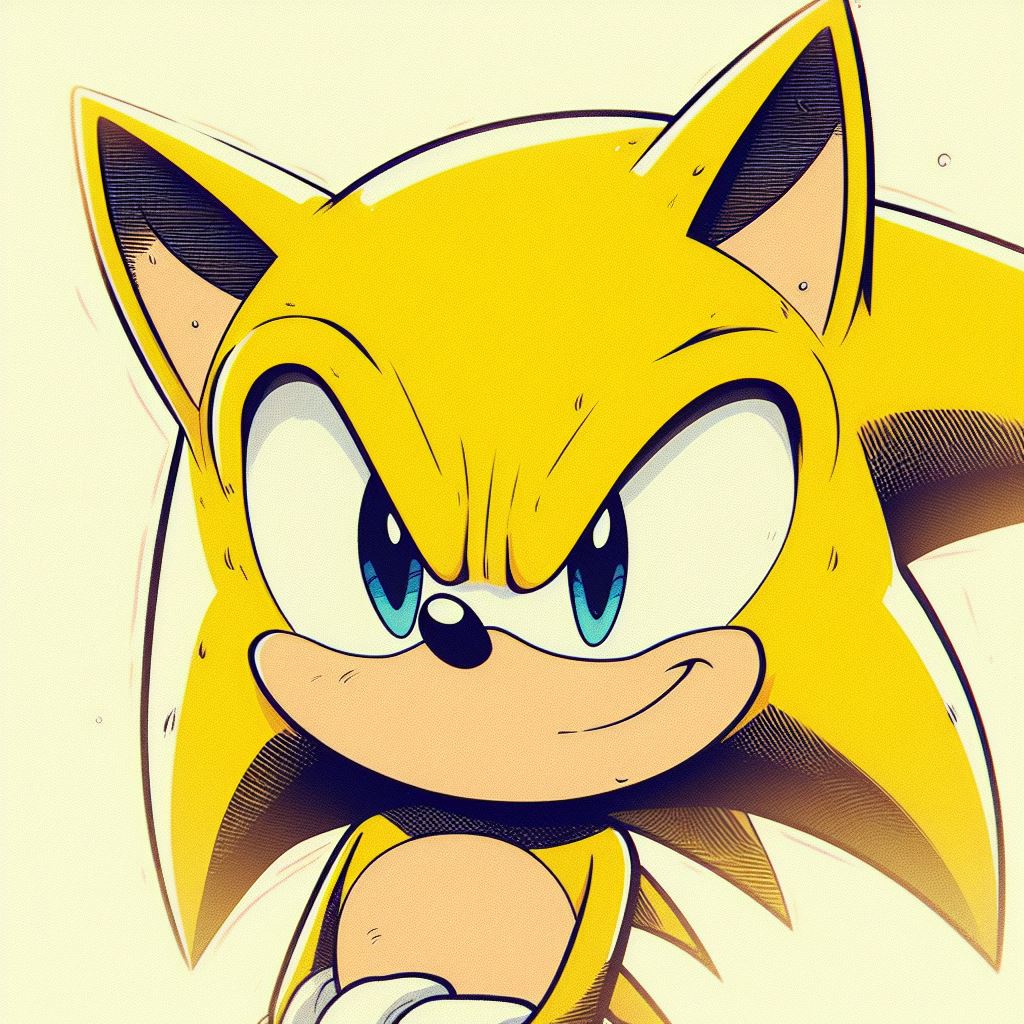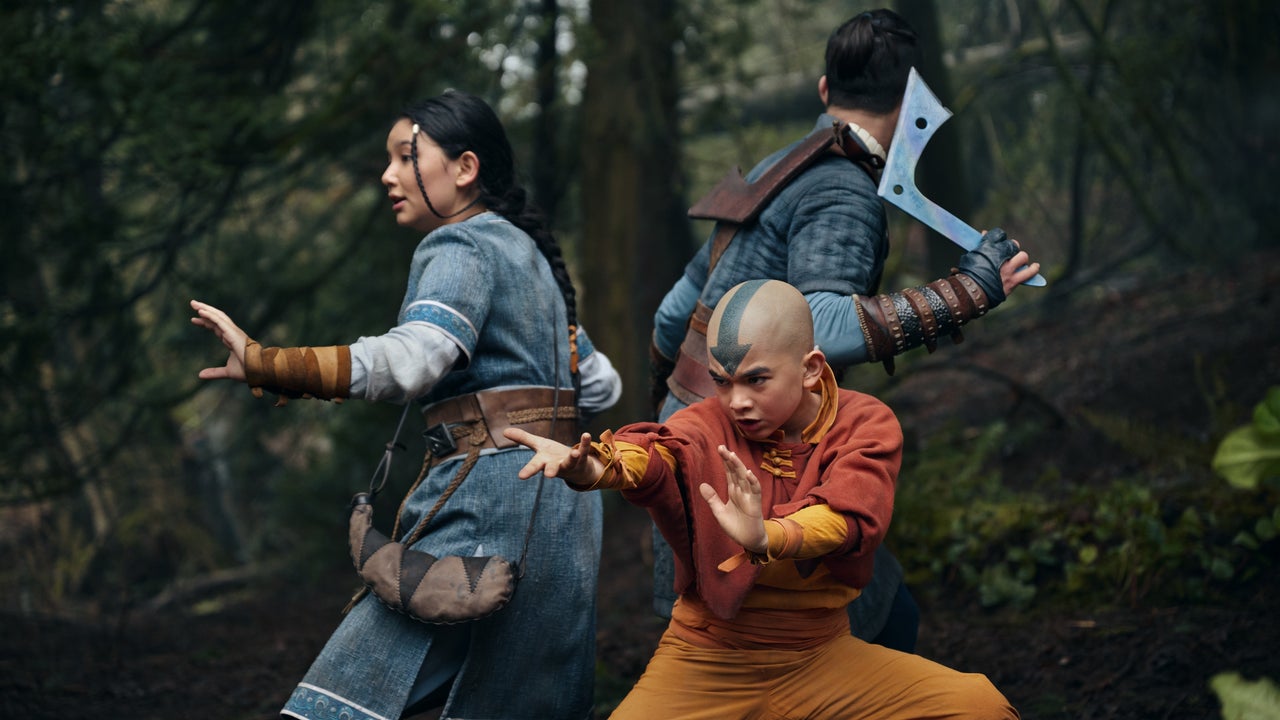I think one of the big questions is, despite all the remixing, is the point A and the point B still the same as the original?
AK: Pretty much. Yeah, I mean, I think the state of the world and the stakes of the world are still the same. So we decided to make Aang’s narrative drive a little clearer. In the first season of the animated series, he’s kind of going from place to place looking for adventures. He even says, “First, we’ve got to go and ride the elephant koi.” It’s a little looser as befits a cartoon. We needed to make sure that he had that drive from the start. And so, that’s a change that we made. We essentially give him this vision of what’s going to happen and he says, “I have to get to the Northern Water Tribe to stop this from happening.” That gives him much more narrative compulsion going forward, as opposed to, “Let’s make a detour and go ride the elephant koi,” that type of thing. So that’s something, again, that’s part of the process of going from a Nickelodeon cartoon to a Netflix serialized drama.



See I’ve never been the biggest fan of this argument because it sidesteps around the fact that anime is almost entirely based around 1 to 1 adaptations of another medium and is humongously successful.
The point of adapting to another medium can just be exactly that, that it is another medium with a different set of tools to tell the story.
I’m sorry, what? Assuming you’re talking about manga, the ratio of what makes it into a series of anime vs all the chapters and volumes of the corresponding manga is absolutely not 1:1. There are even semi-frequent gripes about it if you’ve ever been involved in anime discussion (I know, ew, but it comes up fairly regularly). This includes talks about pedo/loli content in lots of IP, usually originating in the manga and getting scrapped/toned down in the anime.
There are inherent strengths and weaknesses of each medium; what kind of story you tell in print doesn’t always translate into animation and vice-versa. I recall a manga that features a character with a superpower that allows them to rewrite an outcome several comic panels ahead of the one they’re currently in (name omitted to avoid spoilers). That’s a lot of meta-humor you’d have a hell of a time animating without directly just showing the panels, and doing that runs the risk of creating a disconnect you wouldn’t see elsewhere in the show which is already running concurrently.
Similar challenges apply to animated vs live action formats. The sort of over-the-top bombastic expression common to animation often just looks and feels incredibly cheesy if you try to port it 1:1, which isn’t appropriate for most shows.
There are almost always creative and technical decisions that must be made to overcome differences in characteristics between mediums when making an adaptation. I’d argue that for cases where no creative adaptation decisions were made, the story is badly told in at least one of the formats it exists in.
Edit: grammar
Hmm I don’t read manga or watch anime so I can’t really comment much. But I suppose when adapting a manga to anime the goal is probably to reach a wider audience with a proven story, buurt in this case it’s cashing in on nostalgia with people that are already familiar.